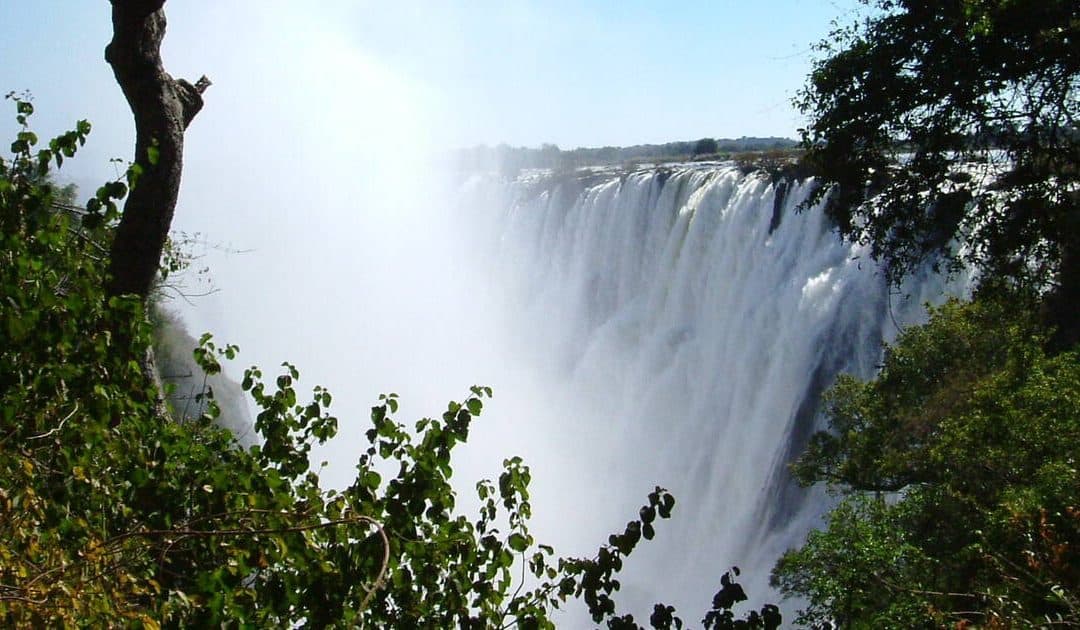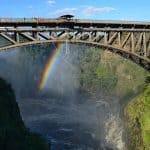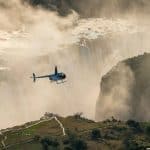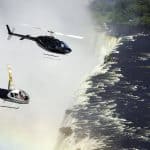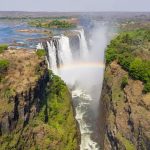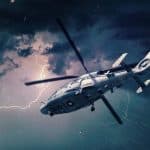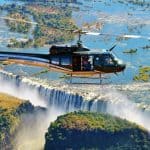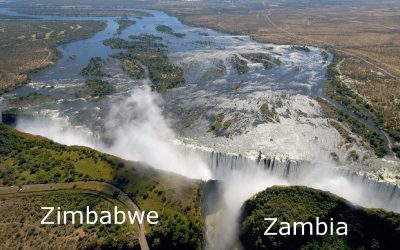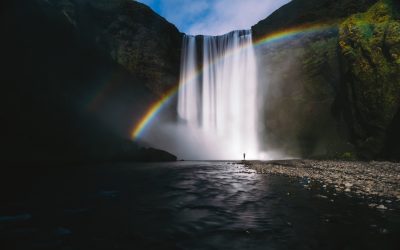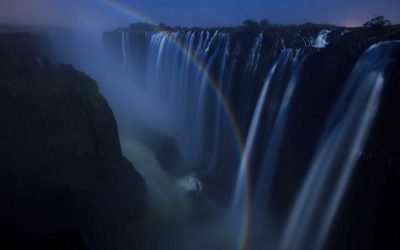Table of Contents
Questions: How Deep Is Victoria Falls?
If you’re wondering how deep is Victoria Falls, you’re not alone. This natural wonder has been listed on the UNESCO World Heritage List and for good reason.
The Victoria Falls is a breathtaking, and truly awe-inspiring sight. In addition to being an awe-inspiring sight, Victoria Falls is also a wildlife sanctuary.
Read on to learn more about the wonders of this natural wonder.
The Devil’s Cataract is approximately 229 feet (70 m) deep
The Devil’s Cataract is the lowest portion of the Falls, at approximately 229 feet (70 m). The waterfall is separated from the rest of the Falls by an island called Boaruka, which means divider of waters in Tonga. This portion of the waterfall is the weakest point in the geological composition of the waterfall system, and erosion will channel more water away from the rest of the Falls.
The Devil’s Pool is typically accessible during higher water levels, and it is less crowded and safer for swimming. This part of the waterfall is also accessible in the early morning, during the day when the falls are not as high, making it a more affordable option. It is also easier to see rainbows in the morning, when the falls are lower.
The Devil’s Cataract is approximately 229 feet (70 m). While the Victoria Falls are a stunning sight to see, visitors are best served to visit the falls during the dry season. The volume of water will be greater during this time, but the mist will be significantly reduced, making for a better photo opportunity. The Devil’s Cataracts can only be visited during the dry season, from May to September.
During drier months, the Victoria Falls dry up. The Zambezi River gets significantly lower during those months. Visitors can walk up to the lip of the waterfall and watch the water fall over the Zambian side. During the dry season, the Falls are lower, which creates a natural infinity pool. However, unauthorized swimming is not permitted, as it could lead to injury or even death.
Victoria Falls is a UNESCO World Heritage Site
In southern Africa, the Victoria Falls is a magnificent waterfall that cascades over the Zambezi River. This natural wonder is home to unique species of animals and plants. The Victoria Falls spans 1,708 m in width and is the largest waterfall in the world. It’s a must-see destination for nature lovers and adventure enthusiasts. Here are some tips to plan your trip to the Victoria Falls.
Travelers can experience the Victoria Falls by visiting the two countries. While Zambia and Zimbabwe share the river, the falls are on the border between them. The Falls are a UNESCO World Heritage Site and one of the Seven Natural Wonders of the World. There is no better time to visit. During the rainy season, the falls are at their most spectacular and impressive. If you’re visiting in October or November, you can see the most spray and experience the wildlife.
Development around Victoria Falls has been restricted by the UN. This is a result of massive construction activities on both sides of the Zambezi River and between Zambia and Zimbabwe. Despite being a UNESCO World Heritage Site, massive construction projects have threatened to delist it. A monitoring team has been sent by UNESCO to determine whether it still qualifies as a World Heritage Site. If it is, it will remain one for many years to come.
It is a spectacular sight of awe-inspiring beauty
One of the most stunning sights in the world is the Victoria Falls, a waterfall on the Zambezi River in Zimbabwe and Zambia. It is often referred to as the world’s largest curtain of falling water. The Victoria Falls are also one of the Seven Wonders of the World, being the only waterfall to exceed one hundred meters in height and one kilometer in length.
The Victoria Falls are more than just a beautiful site. This UNESCO World Heritage Site offers more activities than Niagara Falls or Iguazu Falls. It is one of the most breathtaking places to visit in Southern Africa, and a natural wonder of the world. Locally known as Mosi-oa-Tunya, the Falls are a breathtaking sight of awe-inspiring beauty. This incredible waterfall is more than a mile wide and carries 150,000 gallons of water per minute. The Victoria Falls are two kilometers wide at their widest point, and they form the border between Zimbabwe and Zambia.
The falls are visible from trails that can take tourists to within 200 feet of them. You can also opt for helicopter services and view the falls from above. Sadly, the unrest in Zimbabwe has put a damper on tourism in Zimbabwe, so most visitors will approach this majestic waterfall through Zambia. If you are traveling to Victoria Falls during the summer or winter, you should plan your visit accordingly.
It is a wildlife sanctuary
The Wildlife Trust of Victoria Falls is a not-for-profit organization dedicated to the conservation of indigenous wildlife. In partnership with local stakeholders, this organization cares for orphaned and injured wildlife, and has established a state-of-the-art Wildlife Clinic and Laboratory. The Wildlife Trust hopes to soft-release these animals back into the wild. This is a rare opportunity for a child to see an elephant herd and learn about its habits.
In addition to crocodiles, visitors can also see elephants wandering freely in the park. While their numbers are constantly fluctuating, crocodiles feed on fish, insects, frogs, and birds. Elephants are among the largest land animals in Africa, and their mothers carry their babies until they are two years old. The species can be seen walking through the park, as well as feeding on aquatic insects and worms.
The area around the falls is managed by the Zambian Wildlife Authority, while the Zambezi National Park is managed by the Zimbabwean Department of National Parks and Wildlife Management. The National Heritage Conservation Commission maintains six National Monuments in the park. The park’s guiding objective is to maintain the natural state of the waterfall area, and four Zimbabwean acts prevent the destruction of geological features, vegetation, and animals in the park.
It is a UNESCO World Heritage Site
The awe-inspiring Victoria Falls on the Zambezi River forms the border between Zambia and Zimbabwe. Due to massive construction activity on either side of the Zambezi, some experts believe the site could be delisted from the World Heritage List. A monitoring team has been sent to the site to determine its current condition. They are preparing an assessment of the site’s future.
Since the early 1990s, the town of Vic Falls has become an important tourist destination. By the end of the 1990s, over 300,000 visitors a year visited the site, and this number is expected to triple over the next decade. In 1964, the former British colony of Northern Rhodesia became the independent nation of Zambia. In 1965, Rhodesia unilaterally declared independence, although the world community did not recognize its decision. The two countries fought a war on the Zambian side of the Zambezi to gain independence.
The geology of the area is amazing. Victoria Falls is the result of massive gully erosion. While not on the Grand Canyon scale, Victoria Falls is the largest curtain of falling water in the world. In fact, Victoria Falls is actually made up of five smaller waterfalls, one in Zambia and four in Zimbabwe. Moreover, the Victoria Falls itself is a UNESCO World Heritage Site. The falls reach an impressive height of 108 meters and stretch across 1,708m.
It is a national park
If you want to see a beautiful waterfall, you must visit Victoria Falls National Park in Zambia. This UNESCO World Heritage site is home to numerous species of wildlife. Large animals are rare but do exist, including the African elephant and the southern white rhinoceros. Other animals include hippopotamuses and giraffes. These animals tend to stay close to water sources and are often easy to spot.
One of the main attractions of the Zambezi National Park is the Victoria Falls, which stands at an elevation of nine hundred meters above sea level. The waterfall spans 1708 metres and has an average depth of 100 meters. The sprays from the falls are visible for 50 kilometers away. Once you’ve seen the falls, you’ll want to explore the surrounding rainforest and learn about the unique ecosystem. While you’re here, don’t forget to take pictures of the falls, which are spectacular at any time of year.
To get a closer look at the Victoria Falls, you can take an aerial tour using microlites or a helicopter. If you have a good pair of binoculars, you can see animals in great detail. There are several species of animals in the park, and it’s possible to spot them during your visit. If you’re looking for a closer view, you can even engage in some hiking or wild rides. If you’re not sure how to spot the animals, you can also try your luck with a baboon or two. The park is home to many rare species of plants.

